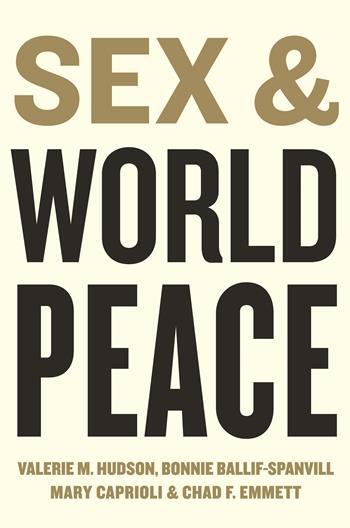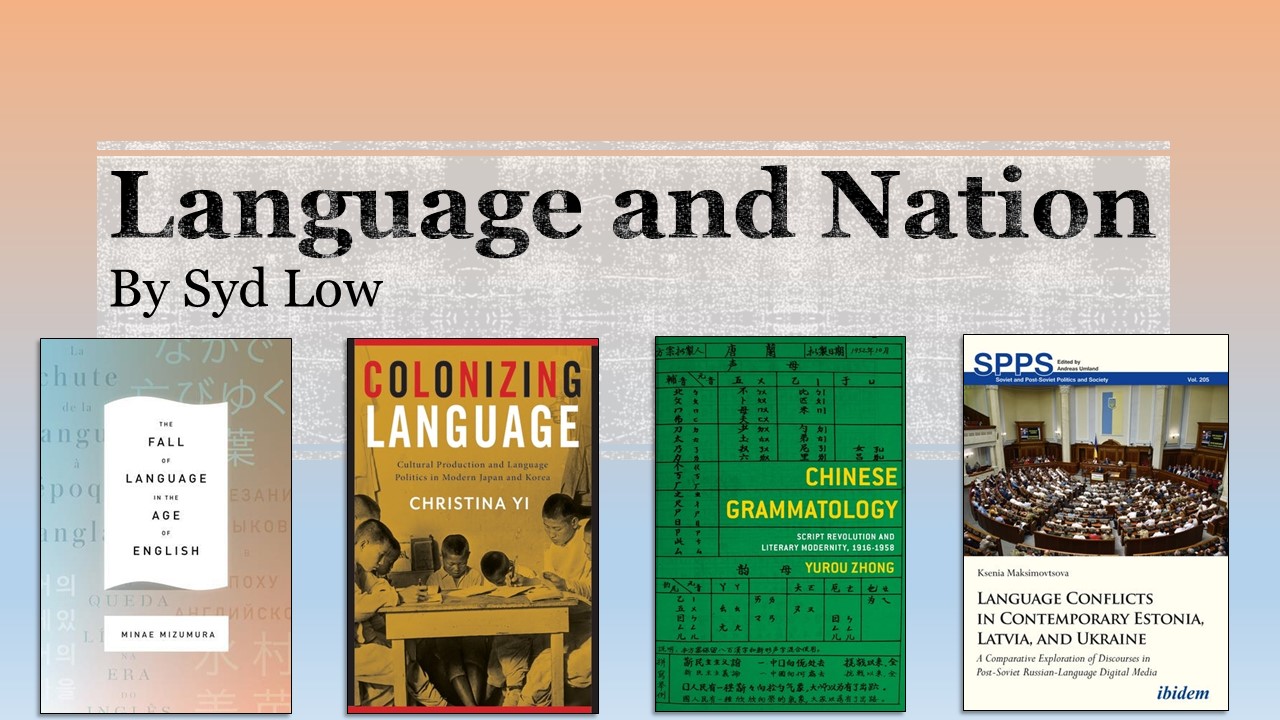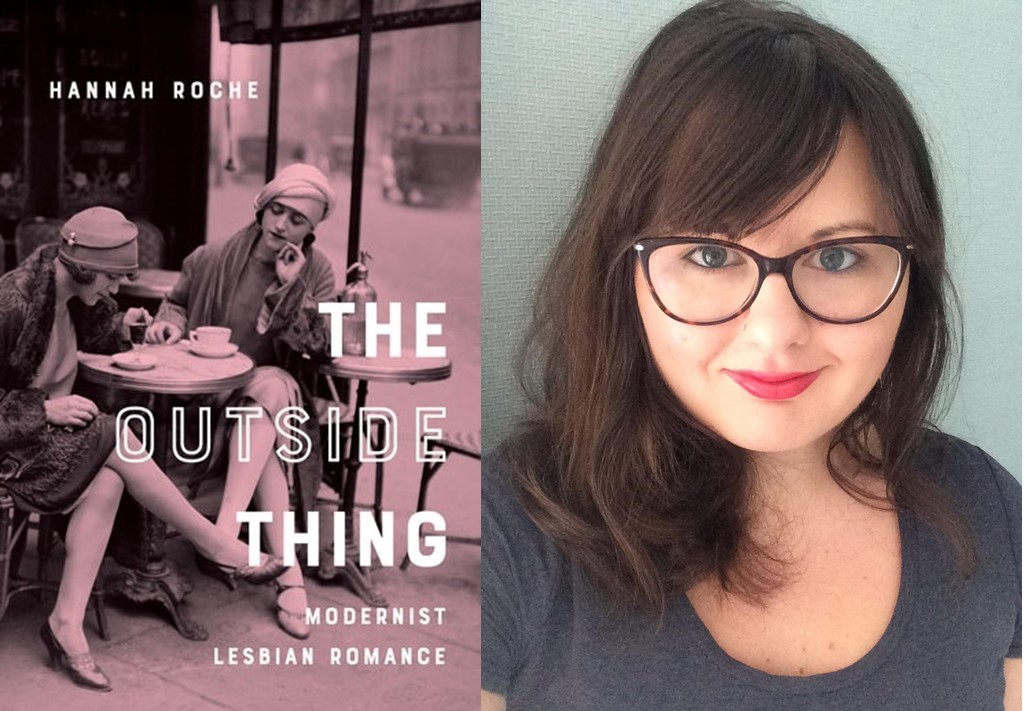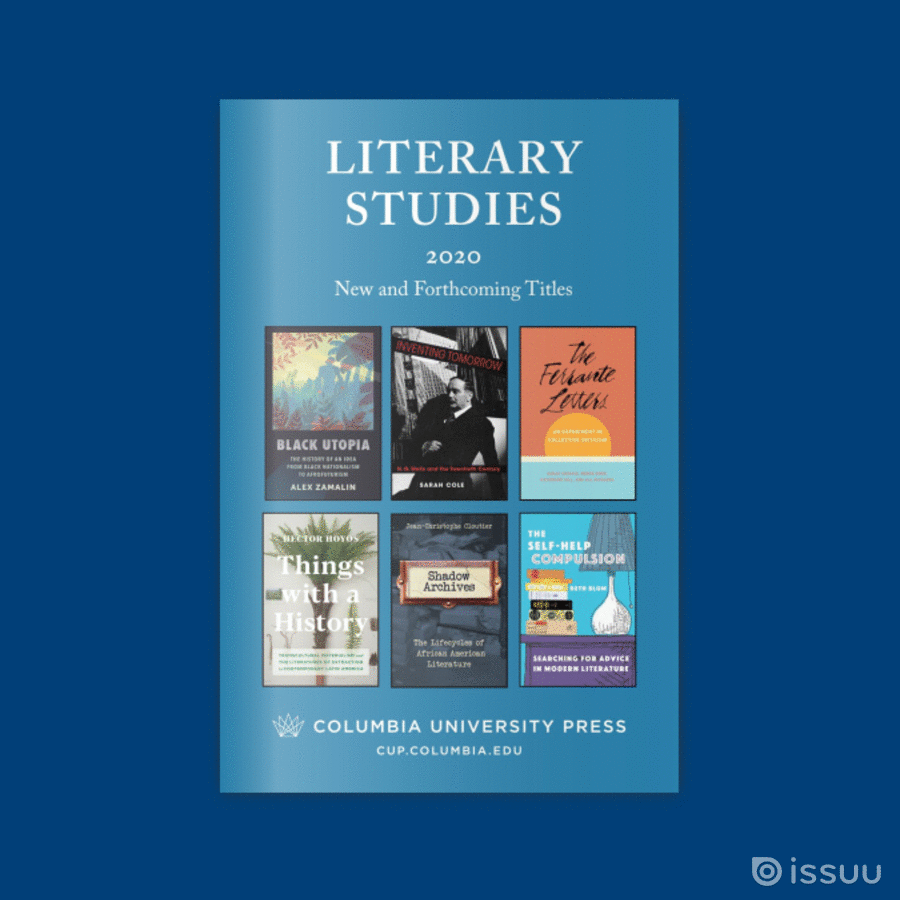Interview with Richard Locke, Author of Critical Children
The following is an interview with Richard Locke, author of Critical Children: The Use of Childhood in Ten Great Novels.
Question: What were the criteria for selecting the characters? Did you consider discussing any children from more recent literature?
Richard Locke: I was struck that there should be so many instantly recognizable children in novels written for adults quite long ago. People still know immediately who Huck Finn or Lolita is, and Oliver Twist asking for more is indelible and recurrent – the very first line of a new first novel about children by Justin Torres called We the Animals begins like a trumpet call with “we wanted more” and builds from there. It turns out that dozens of literary novels over the past 170 years – it started with Oliver Twist in 1838 — use children as a way of exploring and evading large social, psychological, and moral problems. There are so many that I figured I’d take a few child characters who’ve become icons, who still shake people up and are cherished or banned (like Huck or Holden Caulfield or even Lolita once upon a time in France). If I’d included less well-known contemporary characters – for example in books by Ian McEwan and Don DeLillo and Kazuo Ishiguro and Jonathan Lethem and Francine Prose and Emma Donoghue – I’d never stop. It certainly wasn’t easy to exclude Salman Rushdie’s Indian children or Ben Okri’s Nigerians, but they’re not as recognizable as Tom Sawyer, and if I went global I’d never get out of the forest.
Q: On a more general level, Critical Children is written in a clear, jargon-free style but in such a way that it grapples with complex, literary issues. You have spent many years in the world of literary criticism and book reviewing – what’s your sense about contemporary discourse about books and literature?
RL: It’s true that over the past few decades the gap between literary creation and literary criticism has grown very wide, but there’s a tradition of informal, essayistic criticism that’s still alive – and such novelists as Zadie Smith, David Foster Wallace, and Jonathan Lethem easily turn to criticism with great success. The internet is full of excellent literary reviews (as well as spritzing goofiness – thumbs up! thumbs down!). And in many ways MFA programs – particularly those with strong literary nonfiction – attract the kind of readers and writers who fifty years ago would have written autobiographical first novels (not yet “memoirs”) and happily celebrated classic and contemporary literature. Informal, untechnocratic writing about literature (often building on the tradition of the personal essay) is still possible and may be growing.
Q: What role do you think the prevailing ideas about conventional childhood (in the past or present) played/play in readers’ interpretations of the mainly anomalous childhoods that many of the children discussed in the book experience?
RL: Every one of the eleven children in these novels is used both to challenge and enforce conventional conceptions of childhood. Oliver is a cardboard saint of childhood innocence but is also used to exhort the reader to outrage and social-political reform. Pip in Great Expectations is used to show how deluded and destructive childhood dreams of upward mobility and romantic love can be. Huck and Tom begin as conventionally rebellious free spirits (boys rebuking the hypocritical, murderous adults) but I believe they end as slaves of European cultural conventions (as in the Count of Monte Cristo “evasion” of the captured runaway slave Jim) and of American racist use of blacks as puppets and playmates and a source of moral self-congratulation. Lolita is deployed (despite Humbert’s seductive crooning) to expose the reader’s own intellectual and moral vanity, his narcissistic complicity in the cultural use and abuse of children.
Q: How do you think the novels discussed influence readers’ thoughts about their own childhoods? Do the books make the audience more or less nostalgic? Or do they make them reassess the adult influences on their past?
RL: The intensity of these children’s experience of the physical and social and emotional world is bound to arouse both nostalgia and rueful, self-critical recollection. Some of the characters – particularly Peter Pan and his modern American descendant Holden Caulfield – are drenched with nostalgia that the authors both indulge and use ironically. But the books don’t stay still, and you keep seeing and feeling new things about them. These novels both invite and resist interpretation and provoke rereading.






1 Response